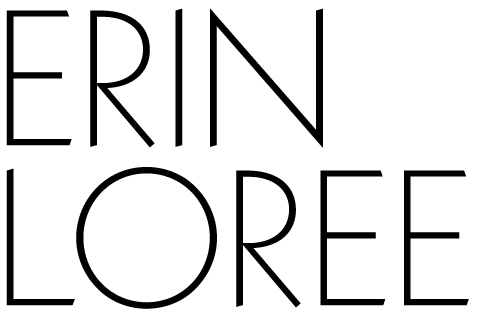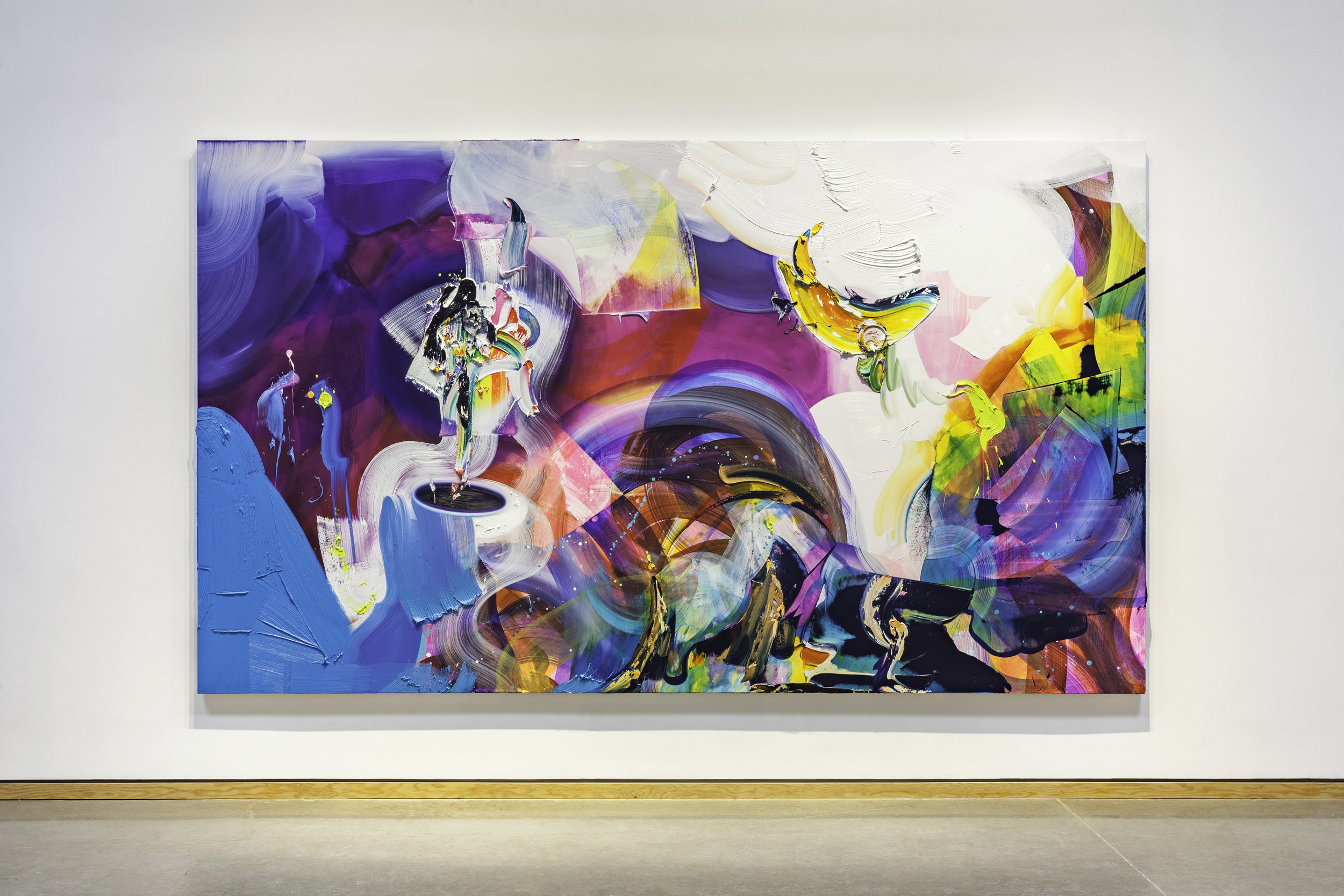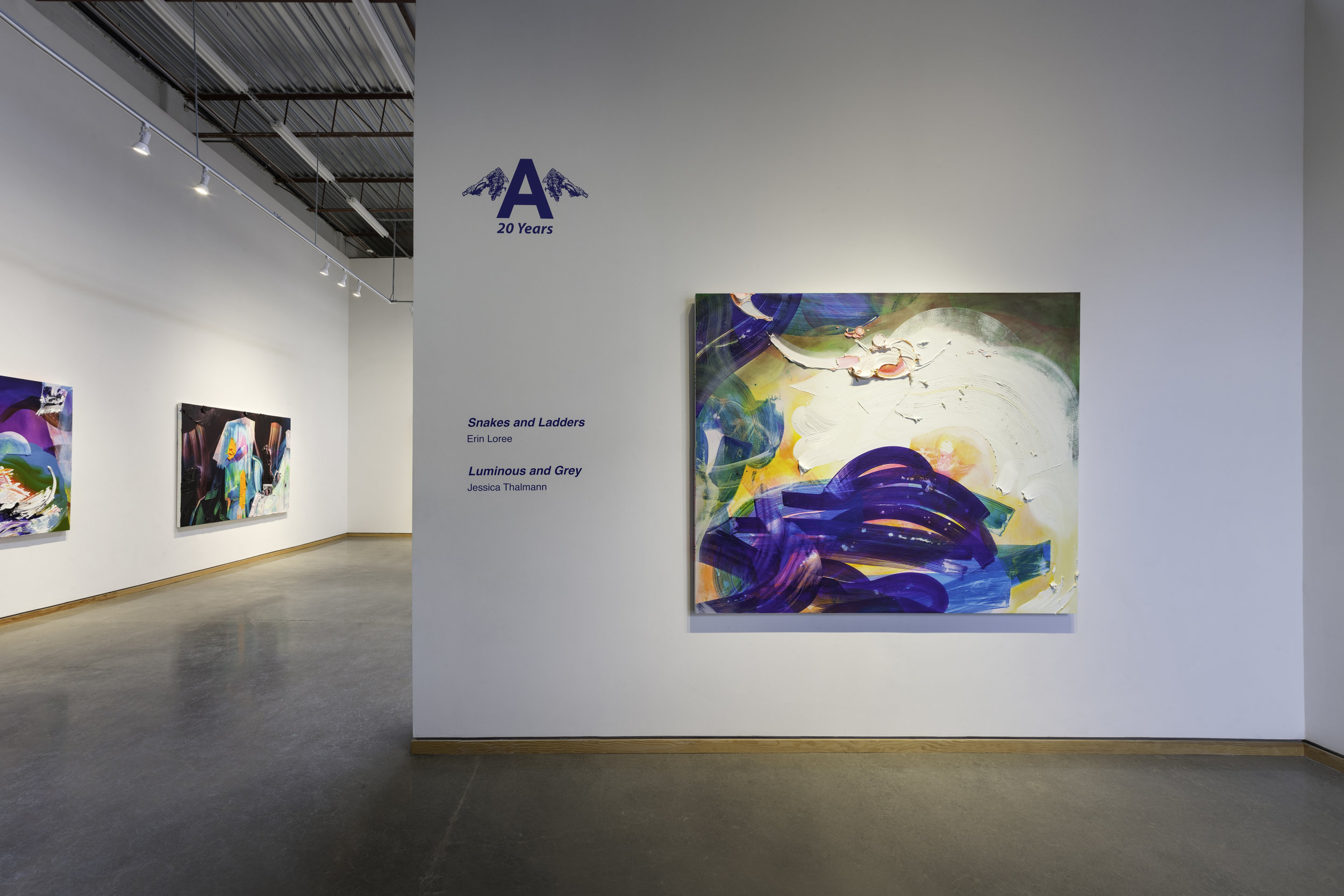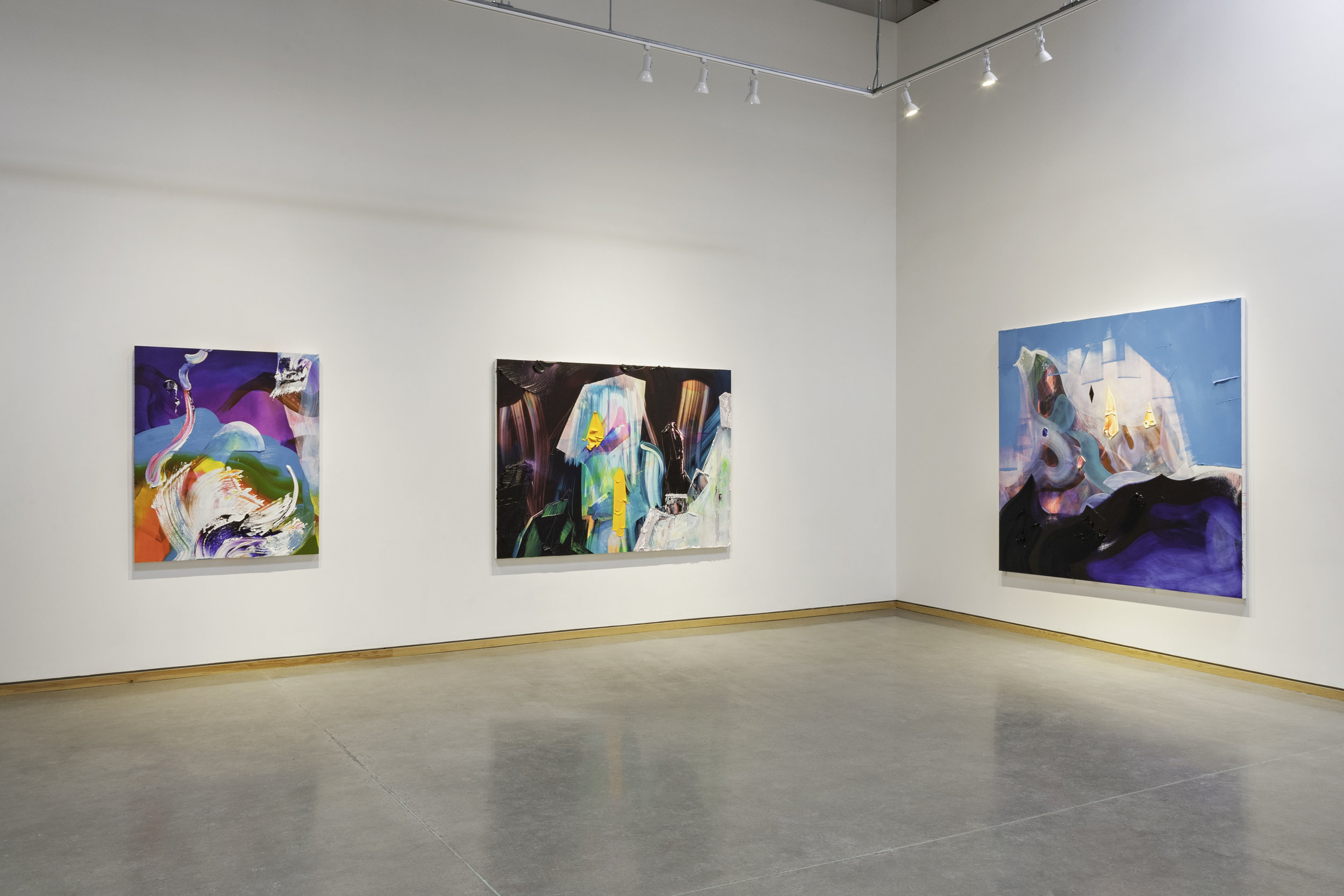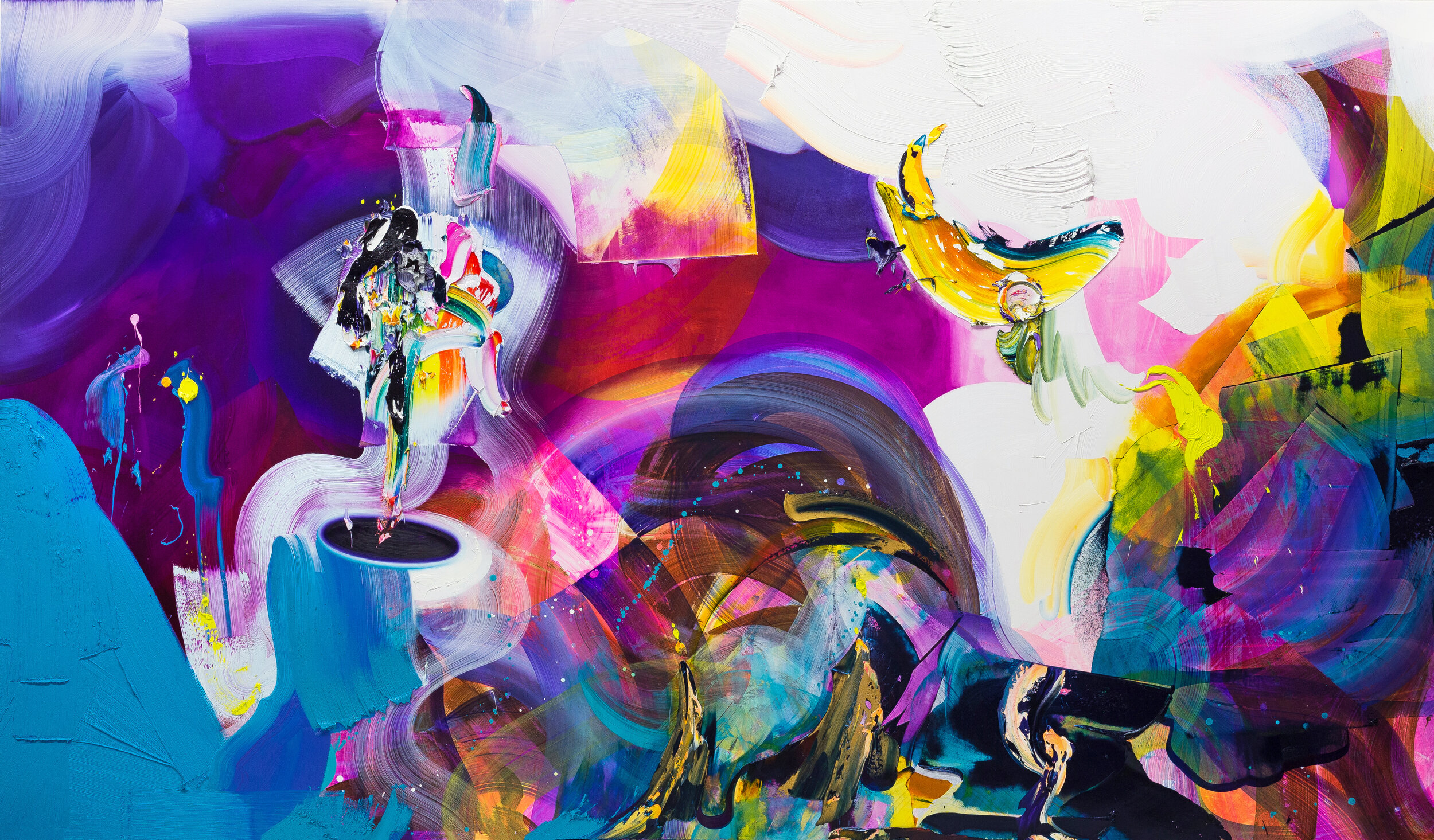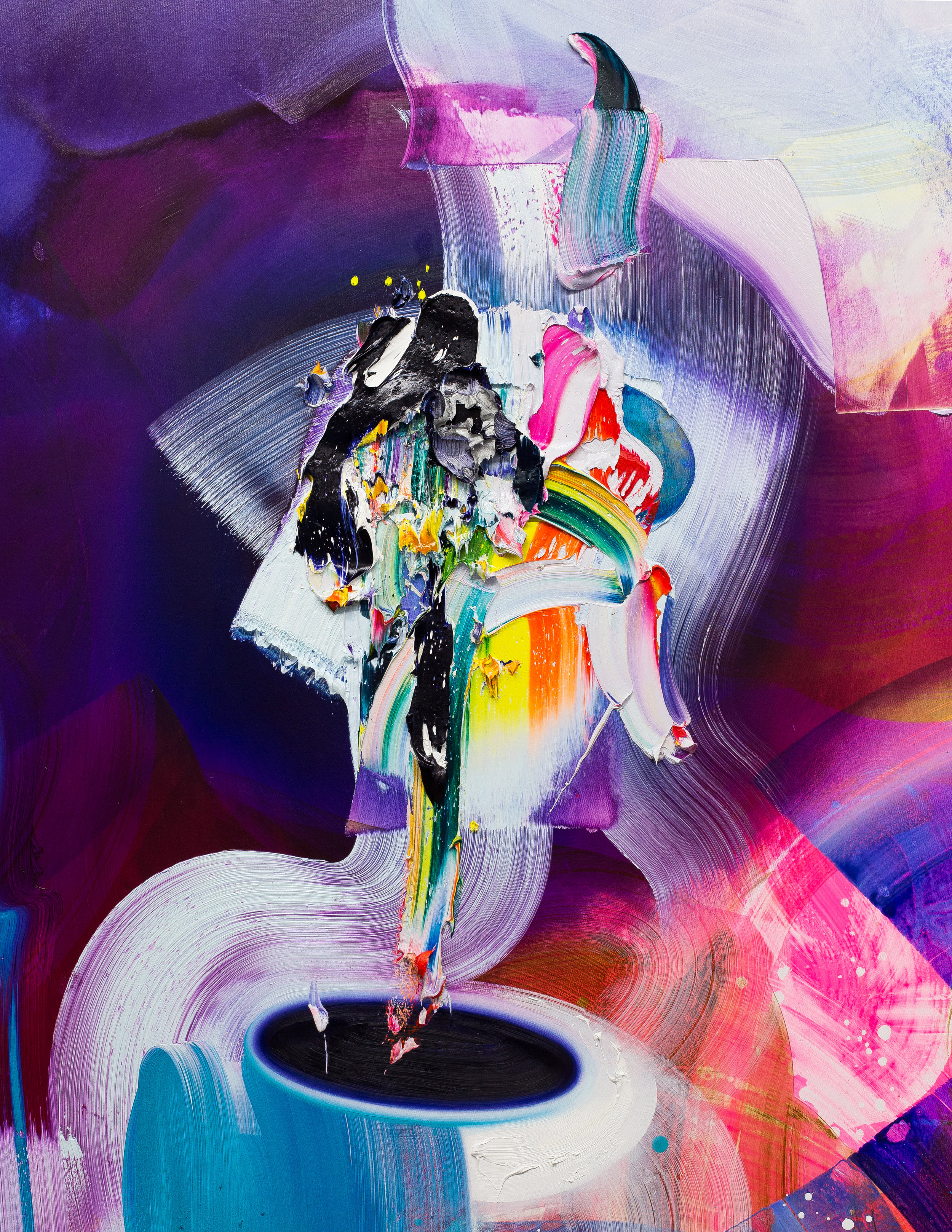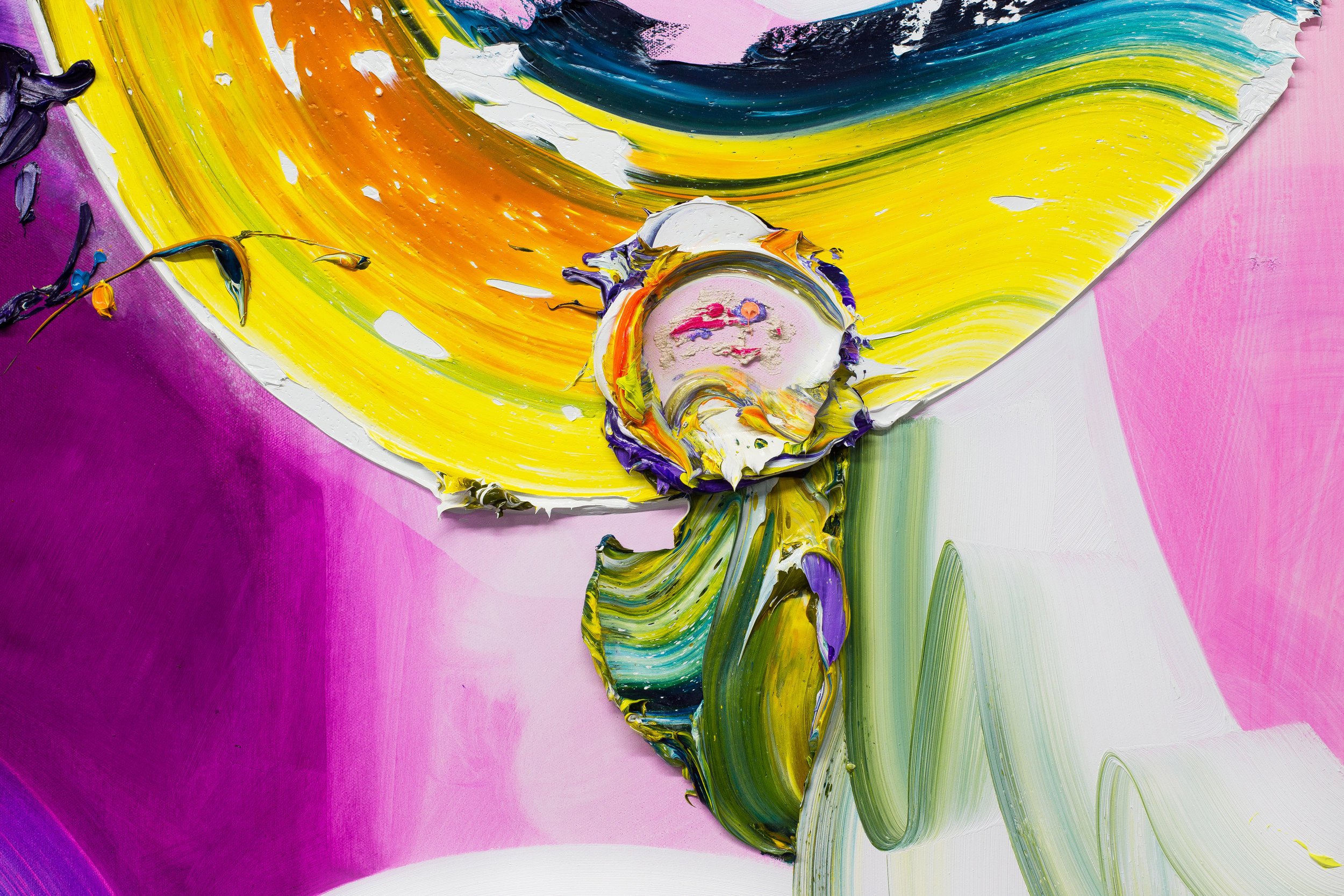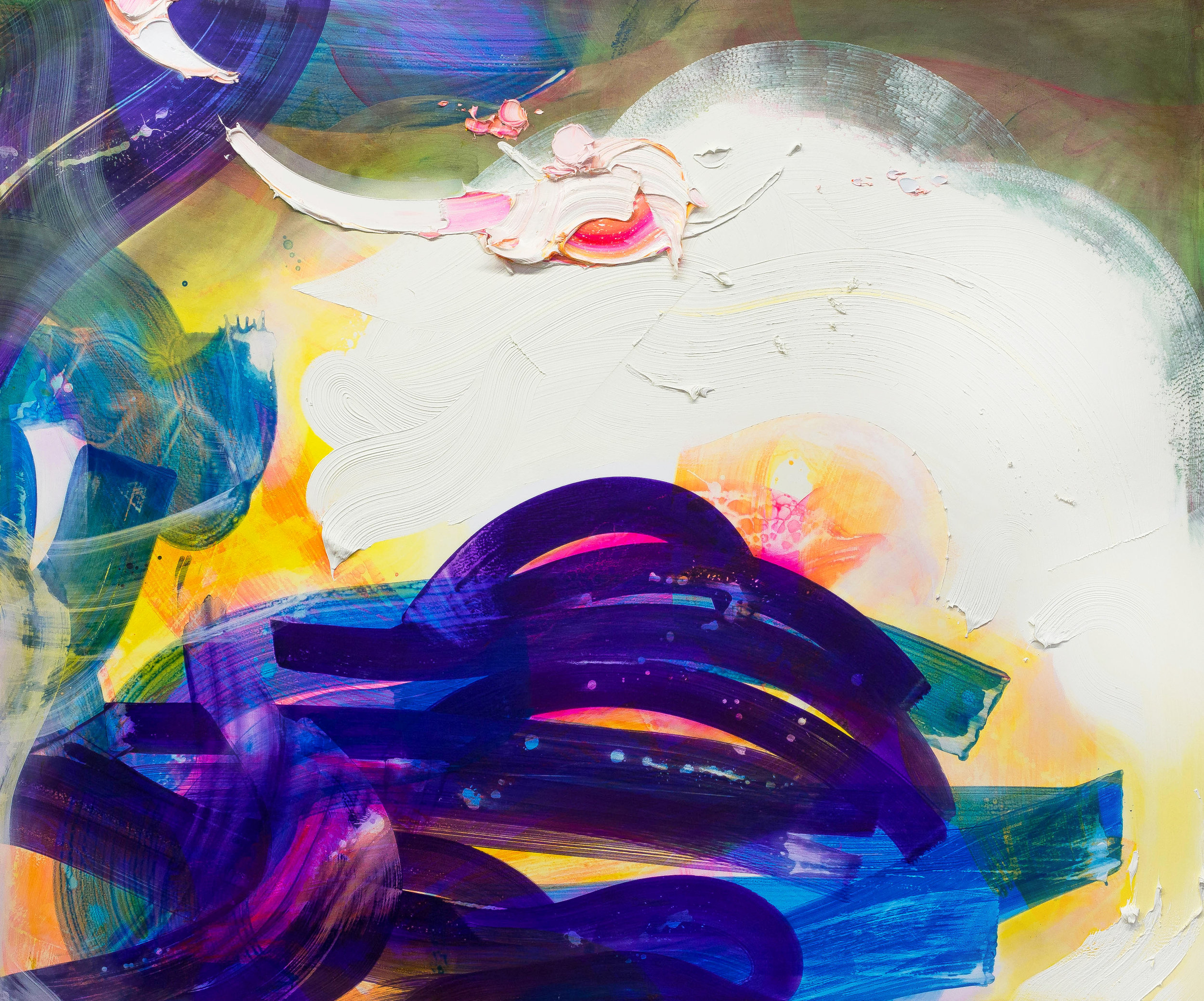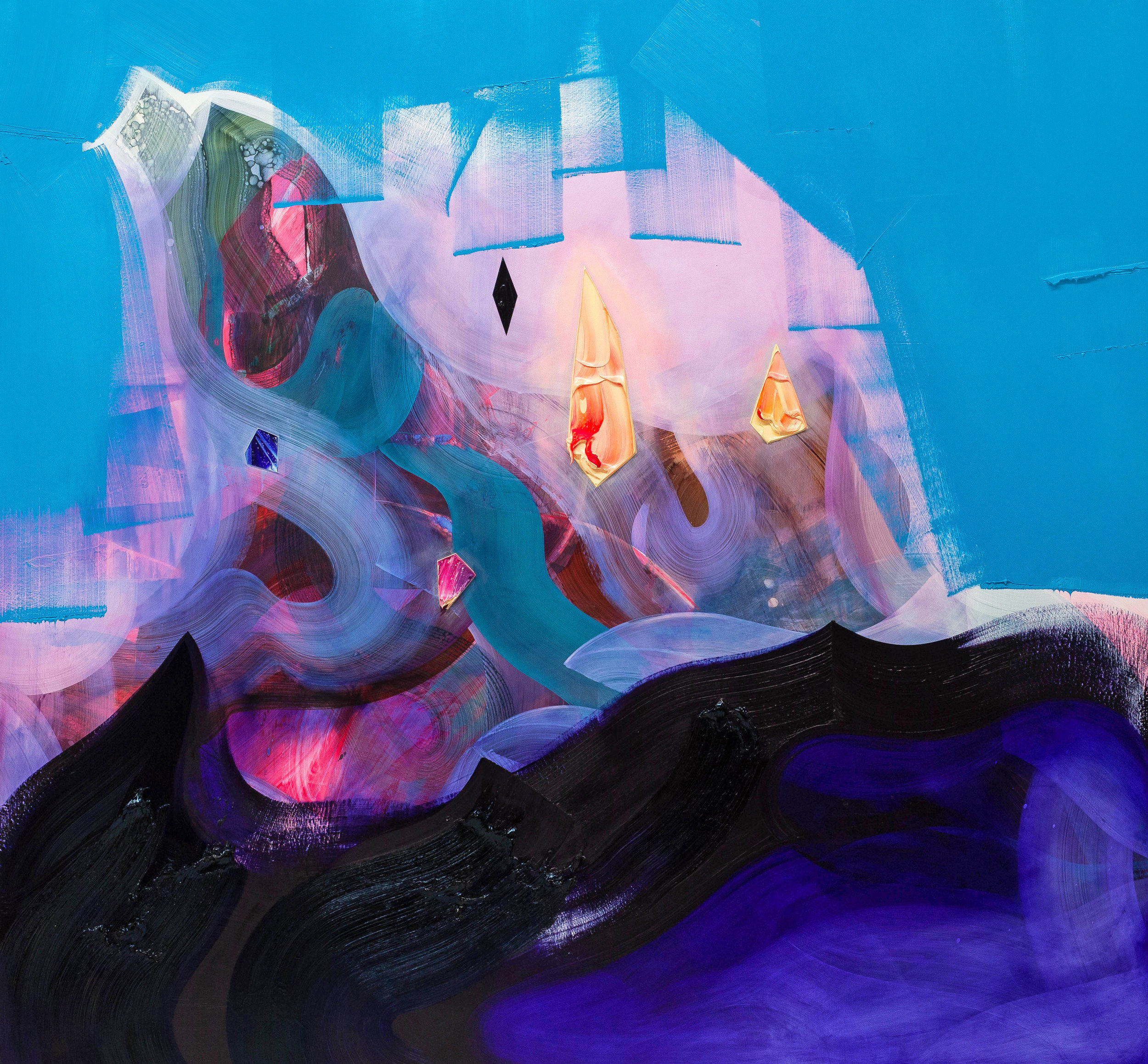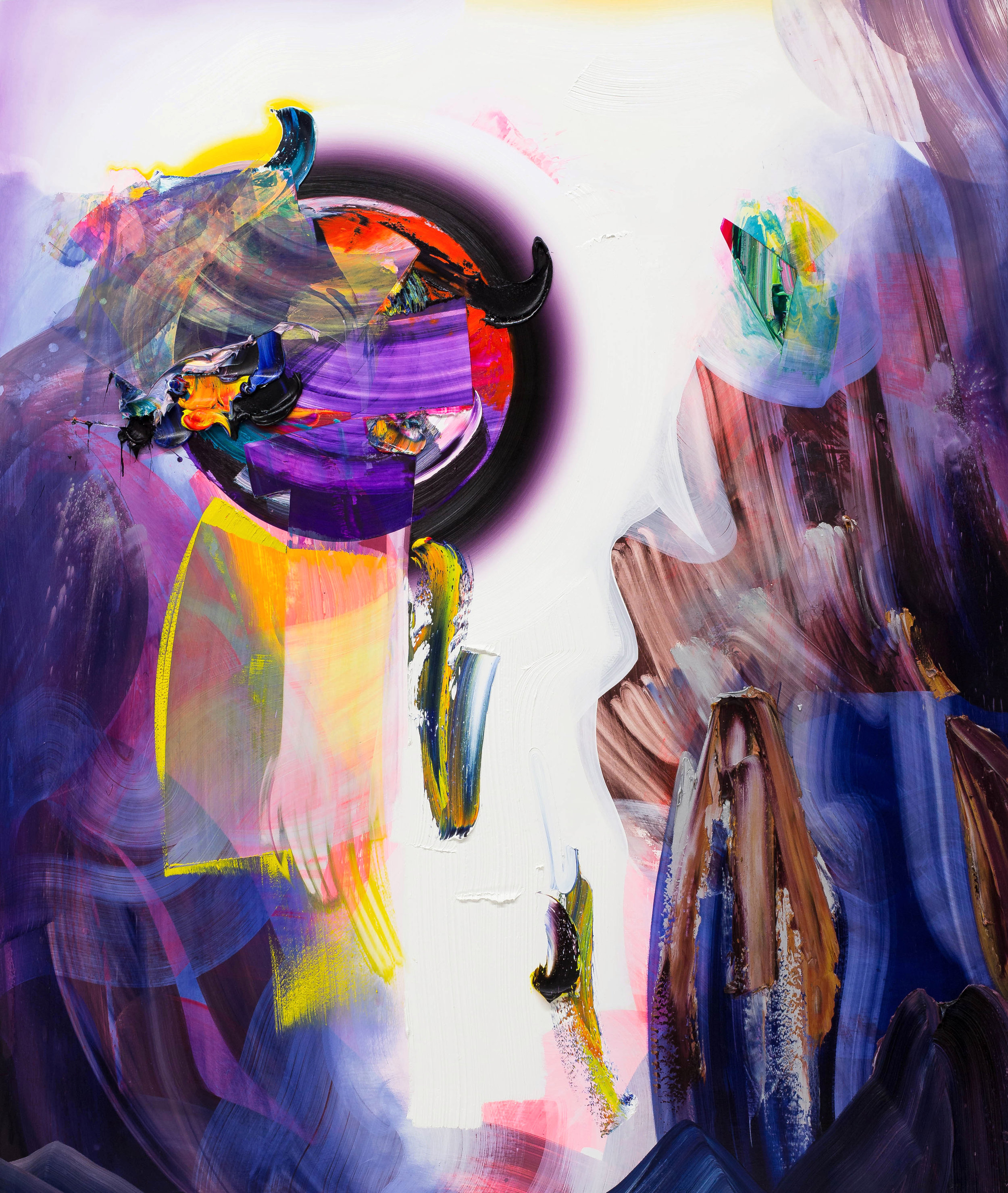SNAKES AND LADDERS
Presented at Angell Gallery, Toronto, ON, January 2018
Installation shots by Alex Fischer
Statement:
Painting, like the children’s game Snakes and Ladders, is a game of chance and faith. Invented in ancient India as, “The Game of Knowledge,” it was played as a means to teach Hindu morals and values. The snakes represented vices and the ladders, virtues. In the original game the snakes outnumbered the ladders, emphasizing the inherent struggles involved in attaining wisdom and enlightenment or freedom from reincarnation. Both painting and the popular children’s board game seem to reflect a universal quest for truth.
The dynamic rhythm of the players’ movements – similar to the artist’s strokes on a canvas – reminds us that progress is nonlinear. One must often revisit old checkpoints by sliding down the head of a snake in order to gain the necessary “wisdom” to move forward and advance up a ladder. This cyclical journey suggests that no outcome is intrinsically positive or negative, as one step forward might result in two steps backward, or vice versa. It’s simply a matter of perception. Seemingly opposing forces actually give rise to one another and cannot exist without each other – a paradox of unity and duality. With each roll of the die, or mark on the canvas, the player or artist must suspend certainty and place faith in the ultimate outcome. The only solution is to keep rolling.
Each piece in this series is made up of two paintings: the fluid, transparent acrylic underpainting, which serves as the initial structure of the work, and the heavy-bodied oil painting on top. I regard the acrylic layer as the unifying field beneath the surface, acting as the thread that punctuates the composition. My intention was to work the oil paint in such a way that the two paintings become seamlessly woven together, resulting in a third image of a higher order. I arrived at each composition through a complex additive and subtractive process, oscillating between concealing and revealing, obscuring and refining. This was done using a variety of tools such as rags, squeegees, and palette knives. I also took a more playful approach with my materials by dusting shimmering mica powder over thick ridges of oil paint and by embedding actual gemstones into the surface. Through the balancing of organic forms with hard edge geometric shapes, thick paint with thin veils of transparencies, and smooth strokes with aggressively applied jostles of paint, the viewer can unpack the paintings slowly to discover a plethora of visual treasures.
